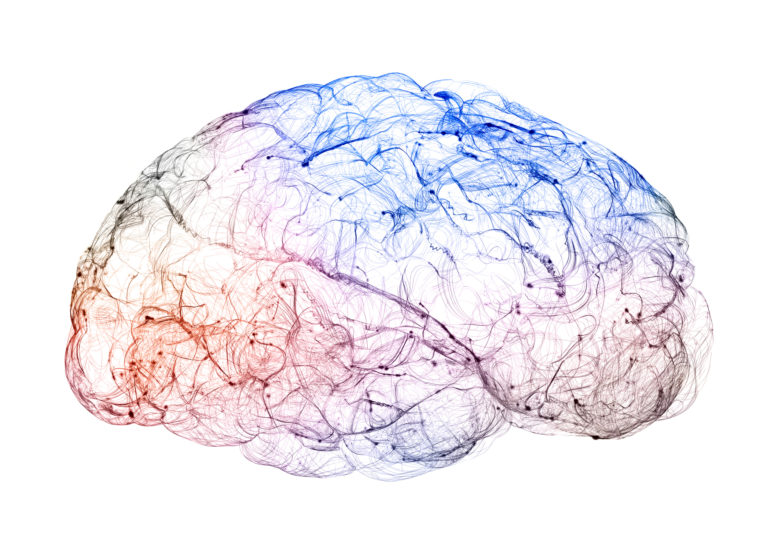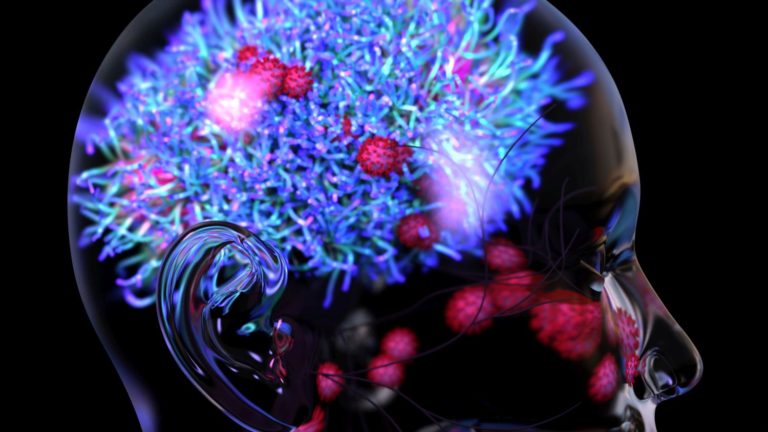A Step Closer to Mind Control for Everyday Life
https://www.embs.org/pulse/wp-content/uploads/sites/13/2021/02/Bates-iStock-1219443556.jpg
2032
1475
IEEE Pulse
//www.embs.org/pulse/wp-content/uploads/sites/13/2024/03/ieee-pulse-logo-dsktp2x.png
Brain–computer interface (BCI) technology holds promise for providing functional support systems for people with neurological disorders and other disabilities. In experimental laboratory settings, BCIs have allowed patients to communicate with researchers and control external devices—all by simply imagining the actions of different body parts.
read more






